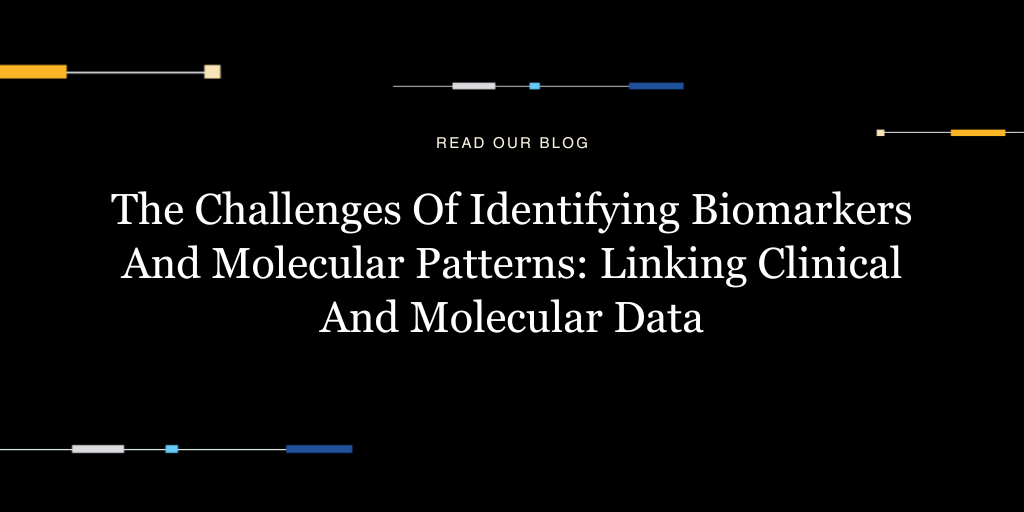Navigating the intricate landscape of biomarker discovery to unlock new therapeutic avenues in precision medicine.
The Fragmentation of Scientific Data: A Major Hindrance
One of the most significant challenges in biomarker discovery is the fragmentation of scientific data. Valuable past research, like biomarker studies, often lies buried in isolated and proprietary databases, making it hard for researchers to access and leverage. This fragmentation across data types (e.g., multiomics data, electronic health records) slows down the discovery of new biomarkers and therapeutic targets.
For instance, biopharma companies frequently face the issue of lost or delayed scientific opportunities due to historical data being buried in silos. The inability to seamlessly integrate and analyze these diverse datasets impedes progress in identifying reliable biomarkers and molecular patterns.
Overcoming the Skills Gap in Omics Data Management and Analysis
The specialized skills required to build secure, compliant solutions for clinico-omics data ingestion, management, analysis, and seamless collaboration often introduce hurdles that slow down critical decisions in biomarker identification and patient stratification. This skills gap is a significant bottleneck in the realm of precision medicine.
Organizations must invest in training and acquiring talent proficient in omics data management and analysis to bridge this gap. Additionally, leveraging platforms that simplify complex data analysis can help democratize this process, enabling more researchers to participate in biomarker discovery.
The Financial and Compliance Burden on Biomarker Discovery
Many data management tools are costly yet lack the capabilities and innovation needed for biopharma's regulatory demands. Compliance with regulations like 21 CFR part 11 and GxP is non-negotiable in this industry, but many tools struggle with ensuring both security and usability. This causes delays in trials and biomarker studies, adding a financial burden on organizations.
Building custom, DIY data management systems can also divert resources from key activities like therapeutic development. Maintaining these systems long-term reduces agility and hinders response to new research opportunities or regulatory shifts. Thus, finding cost-effective, compliant tools is imperative for accelerating biomarker discovery.
Case Study: Accelerating IBD Biomarker Discovery with DNAnexus–Panomics
Biomarker discovery is a critical component of precision medicine, particularly in the treatment of complex diseases such as Inflammatory Bowel Disease (IBD). DNAnexus, in collaboration with Panomics, provides a solution that streamlines biomarker discovery by integrating, analyzing, and visualizing multimodal data within a unified platform.
For example, Panomics was used to explore a subset of the Ovation Biobank dataset, which includes clinico-omics data. Researchers performed differential gene expression analysis across selected cohorts within the IBD dataset, uncovering potential biomarkers like Oncostatin M (OSM) and IL6. These findings support the use of Ovation as a validated biobank for further research into IBD.
Transforming Challenges into Innovations: The DNAnexus Approach
DNAnexus offers a comprehensive platform designed to address the needs of biopharma organizations, enabling them to harness the full potential of their data, ensure compliance, enhance collaboration, and unlock new insights.
By unifying historical and active data into a searchable platform, DNAnexus accelerates biomarker discovery and therapeutic development. The platform supports complex clinico-omics analysis through intuitive tools, allowing researchers to perform advanced analyses independently. This not only boosts data accessibility but also speeds up the research process, driving quicker insights and faster therapeutic development.

.png)
.png)
.png)